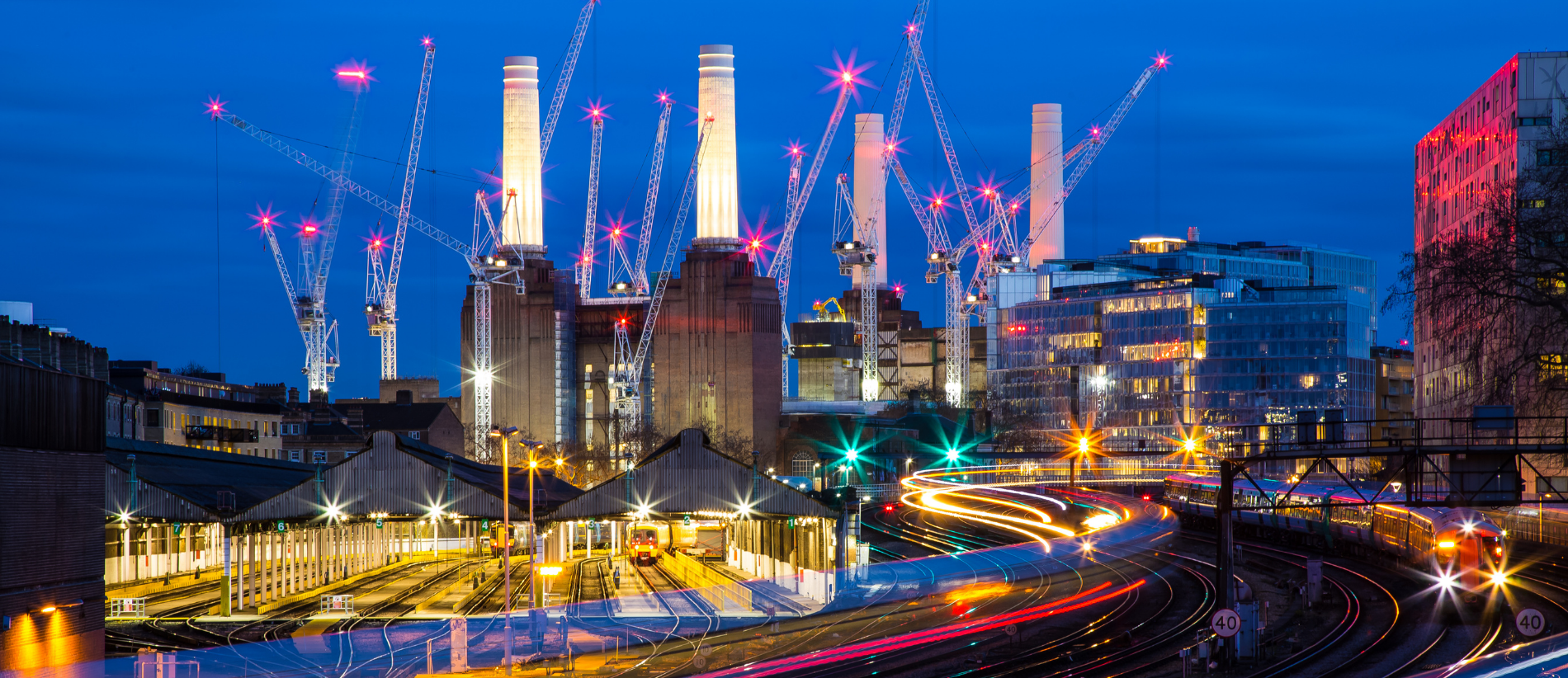Construction projects involving existing structures are commonplace in the building industry, but they can prove challenging from an insurance perspective. Whether it is a fitout, extension or refurbishment, the same issues tend to be encountered.
During the contract negotiation stage of a project, arranging appropriate insurance is often an afterthought. This in itself is problematic, but when we add an existing building to the equation, and a lack of clarity on who is responsible to insure (or what insurance is available), securing the right insurance cover in the necessary timeframe can be incredibly challenging.
Failure to agree an effective insurance solution could result in:
A delay to the signing of contracts (and potentially the beginning of works) while risk allocation is agreed
Unbudgeted costs added to the contract and/or unpriced exposure to the insurance programmes in question
Absence of appropriate insurance to respond in the event of a loss
The standard course of action under contract would be for the employer to procure a ‘joint names’ policy for the existing structure. In this case, the main contractor would have composite insurance for the new works on an ‘all risks’ basis, while the existing structure would be insured for specified perils only, usually by means of the existing property insurer extending their buildings insurance policy to cover the main contractor for an additional premium (often for specified perils only).
This option might not be favourable for the employer, as they would be exposing their annual property claims experience to include damage caused by the negligence of the contractor. Furthermore, this option may not actually be available to the employer. With an increasing number of insurers now reluctant to include the contractor as ‘joint insured’ under the buildings insurance policy, alternative arrangements may be required.
The cleanest way of tackling this whole issue is to insure the existing structure under a project-specific ‘Construction All Risks’ (CAR) policy. This is generally the preferred position for all parties as it keeps cover separate from the existing annual buildings insurance, reduces potential claims disputes surrounding a contentious loss (which could prove troublesome with two separate policies/insurers), and includes collapse cover, which is widely excluded under property insurances. Insuring the existing structure under a CAR policy is dependent, however, on the comparative ratio between the estimated contract value and the existing structure reinstatement value, with insurers not typically wishing to provide cover when the value of the existing structure is greater than the contract sum.
In light of the above, responsibility is often passed to the main contractor to insure themselves for any damage to the existing structure, particularly with fit-out contracts. They are unable to insure the building themselves as they have no insurable interest in it so would need to be insured under their annual Third Party Liability programme or a separately arranged Third Party Liability policy. It would be typical for the contractor to then pass the additional premium on that policy back to the employer. The employer remains insured by their existing property insurance policy for any damage that does not result from the contractor.
Often it is agreed that the main contractor will be responsible for an agreed first loss amount, and the employer will extend joint named status to the contractor for anything above this amount. This is likely to be more palatable to both the employer and their insurers, while reducing the risk retained by the contractor.
Consideration should also be given to the employer’s uninsured risks depending on the option selected (and the individual circumstances involved). When significant construction works are taking place, it is not uncommon for the existing buildings insurer to reduce the cover available to the employer, or even decline to continue insuring the building while works are taking place. These potential gaps in cover will need to be carefully considered in discussion with your insurance advisor who can recommend a strategy to provide as much protection as possible.
In summary, when undertaking a contract within (or attached to) an existing structure, it is advisable to establish early which parties will be responsible for damage to both the works themselves and the structure. Legal advice should be sought early and throughout the process to ensure that the cover responds as intended.

